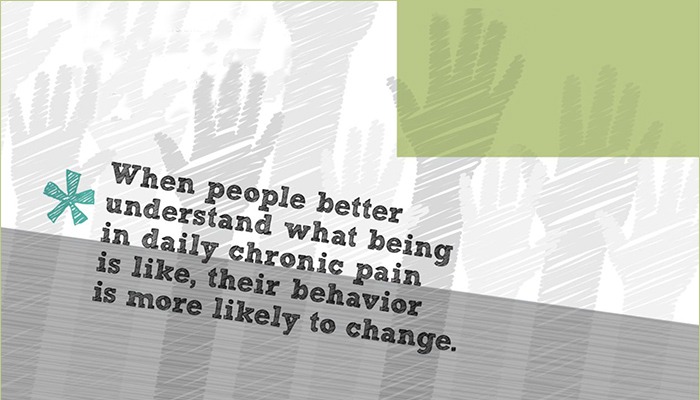Benefits of Meditation

While many of us know relaxing the mind and engaging in mental exercises is a good idea, the actual practice is harder. With some training and effort, you can teach yourself to be mindful of your thoughts and in turn be happier and healthier.
We never allow our minds to rest. And without this precious self-healing time, our minds become exhausted and thoughts less trustworthy. Just as we need to stop moving our bodies every once in a while, we also need to stop moving our minds. But how? The idea can actually seem terrifying, not to mention impossible.
But it is quite possible. The practice of self-healing meditation is just this: resting the mind in silence and space, allowing it time to recover and rejuvenate. Meditation does not mean sitting in a perfect state of peace while having no thoughts. Big misconception! Instead, meditation is about establishing a different relationship with your thoughts, just for a little while. Instead of attention being drawn off by whatever thought happens to present itself, in meditation, you watch your thoughts from a different, more stabilized perspective.
You’re training yourself to place your attention where and when you want. This is very powerful. It gives you the ability to direct your thoughts (and mood) in more productive and peaceful directions. And, as has been demonstrated in the last few years, this ability has profound self-healing implications for physical and mental health.
Over the last 10 years, Buddhist leader the Dalai Lama has been engaged in formal top-level dialogues with leading scientists and brain researchers from M.I.T., Harvard, the University of Wisconsin, and others. Until several years ago, these annual conversations were held in private as simple but powerful inquiries into each other’s methods for understanding the mind. Recently, the results of this dialogue, and resulting studies into meditation, have been made public, and they’re fascinating.
When studying the brainwaves of meditating monks, Dr. Richard Davidson, director of the Laboratory for Affective Neuroscience at the University of Wisconsin, found that brain circuitry is different in long-time meditators than it is in non-meditators. Here’s how: when you are upset – anxious, depressed, angry – certain regions of the brain become very active. When you’re in a positive mood these sites quiet down and the left prefrontal cortex – a region associated with happiness and positivity – becomes more active. In studying meditating monks, Davidson found they had especially high activity in this area.
One of the things that is so amazing about this finding is that for a long time, scientists thought that each individual was wired with certain “set-points” for happiness, depression, and so on. This study shows that the brain can rewire itself and alter its set points – simply by the self-healing power of thought.
Meditation is often viewed as a way to relax – and it is. But it’s also a very precise strategy for maintaining health and training the mind in keen observation, increased power of concentration, and emotional stability.
Dr. Weil’s full article can be found here.
Here’s a video that teaches how to meditate:
Do you meditate? If so, how has it helped you. Please comment below.
PainPathways Magazine
PainPathways is the first, only and ultimate pain magazine. First published in spring 2008, PainPathways is the culmination of the vision of Richard L. Rauck, MD, to provide a shared resource for people living with and caring for others in pain. This quarterly resource not only provides in-depth information on current treatments, therapies and research studies but also connects people who live with pain, both personally and professionally.
View All By PainPathways






